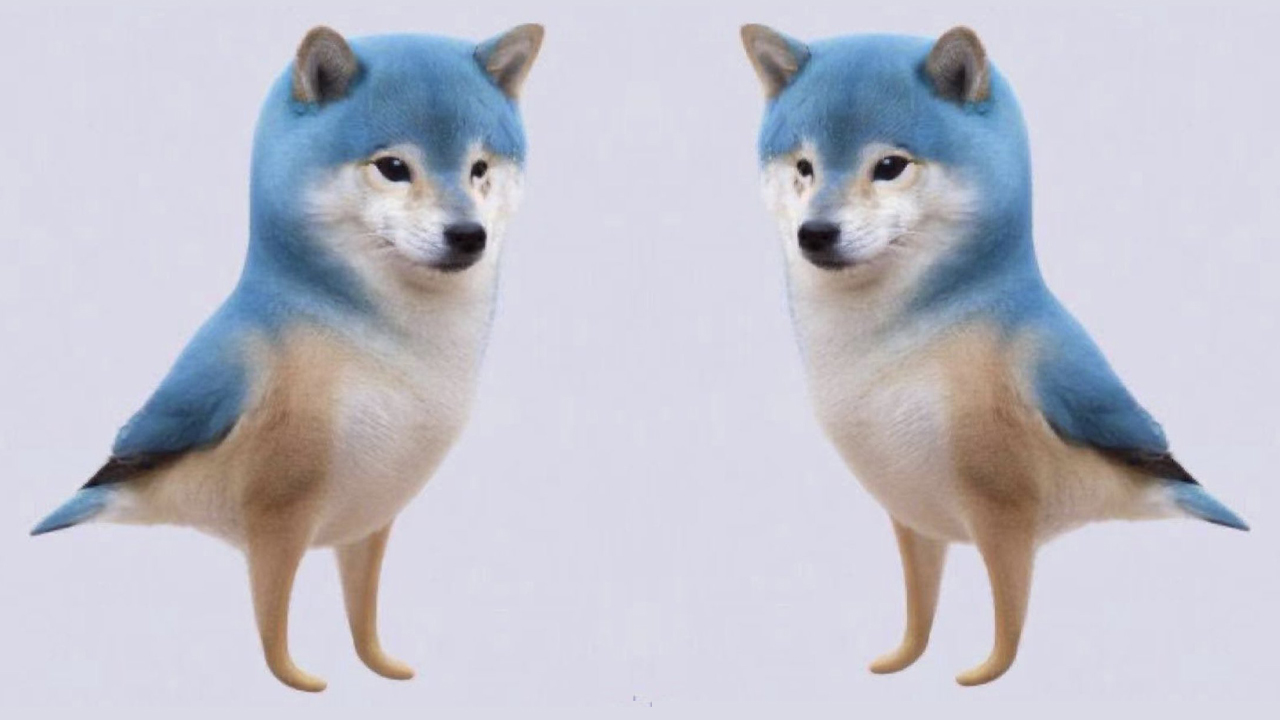Can the art world and the NFT world become one? – ARTnews.com

The weekend before Art Basel started, Engadin Art Talks (EAT) organized the NFT ART DAY ZRH, in Zurich, and invited digital artists, NFT collectors and entrepreneurs to discuss NFTs with a multitude of people in the art world.
“After running Engadin Art Talks for eight years, I know that it is incredibly valuable to meet and talk to artists and gain an understanding of the ideas behind their work and projects. I felt it was even more important in the digital art context, said Katharina de Vaivre, co-founder of NFT Day Zurich and CEO of EAT. ART news. NFT KUNSTDAGEN ZRH was founded together with Georg Bak, digital art consultant for Tokengate.
During the day, five conversations took place, including a short keynote speech by Kenny Shachter – which we previously profiled in this publication – a dialogue about the philanthropic potential of NFTs, NFT collection and conversations with digital artists about their practice.
Throughout the day, there was a constant push and pull as the essential question remained on the mind of the confused art crowd: Is NFT’s art? And this is unfortunately not the right question to ask, given that NFTs are a technology that can be used on a variety of media, whether it is visual art, music or even event tickets.
This is a point de Vaivre herself was aware of, as she noted in the opening remarks: “Most people only know about Bored Apes and Crypto Punks, but we want to have a critical dialogue about NFTs as media for art.”
To create some clarity, artists such as Kevin Abosch and Sarah Friend went into their art practice under the panel “On NFTs and the Value of Art”. What they described was a kind of ethics and discourse that the art world expects of artists. But what made their conversations interesting was how deeply rooted their practices are in the issues that plague both art and the NFT space.
For Abosch, the discursive issues surrounding NFTs are not unlike what he had experienced in his career in the traditional art world after his work began to go for millions of dollars.
“I felt commodified because I wanted to talk about the inherent value of my work, and they wanted to talk about its monetary value,” he said.
Abosch, who has spent much of his career working on the value of things, felt that with NFTs, his work had become more relevant than others, especially since he had already played with blockchain technologies before, as he did with the project. sitt. ‘IAMA Coin’ (2018) where he created a kind of Abosch-centered cryptocurrency.
Friend, for its part, is focused on making antispeculative, collaborative games that aim to eliminate the problematic problems in the NFT market, but which also map quite well the traditional art market. With her NFT project Lifeforms, NFT must be transferred or sold every 90 days.
“This is fundamentally different from the way the market works now, which is that you hold on to a work in the hope that it will increase in value,” she said.
de Vaivre felt that the goal of putting together the art world and the NFT world had been a successful attempt, saying: “We were very pleased with our turnout because we had digital and traditional artists, some of the best Swiss and international collectors, as well as “NFT collectors, curators. People came from all over Europe to finally meet these artists.”
Some NFT collectors present included Joe Hage and Robert Norton along with traditional art collectors such as Maja Hoffmann, Uli Sigg and Cristina and Thomas Bechtler.
But as much as this type of conference is linked to a way for the art world to capture and understand this brave new world, it was also a networking event. Art Blocks boss Erick Calderon, for his part, could not take two steps without the face of a new European Web3 startup offering him a business card and a short pitch. Towards the end of the conference, there seemed to be as many people chatting outside as there were participants in the audience.
Under the Collecting Digital Art panel, which included figures such as Calderon and Aorist CEO Patrick Foret (former director of business initiatives at Art Basel), one audience stood up to ask, “Is this a real discussion or are we just rationalizing our greed?” that is, was all this discursive work in true pursuit of understanding art, or was it just meant to legitimize a potential business opportunity?
The panel members had a few different answers.
Foret said: “We are witnessing a battle between two titans: the art world, which defines what art is, and the technology world, which is shaking this foundation. Hopefully the titans can stop fighting and love instead.”
Calderon, for his part, pointed out that criticism is obviously necessary, “We cannot reduce this as one or the other.”
The discourse seems nonstop. After the NFT day in Zurich, Art Basel itself has a lot of NFT programming, including a series of lectures organized by Tezos, a blockchain that does quite well during the downturn since it is a cheaper and environmentally friendly infrastructure, as well as a small number of other events, such as Pace x Art Blocks programming.
And it does not stop here. Next week, from the 20th to the 23rd NFT.NYC, an NFT conference, these talks will continue. But this time it will be at home for the Web3 children.

























